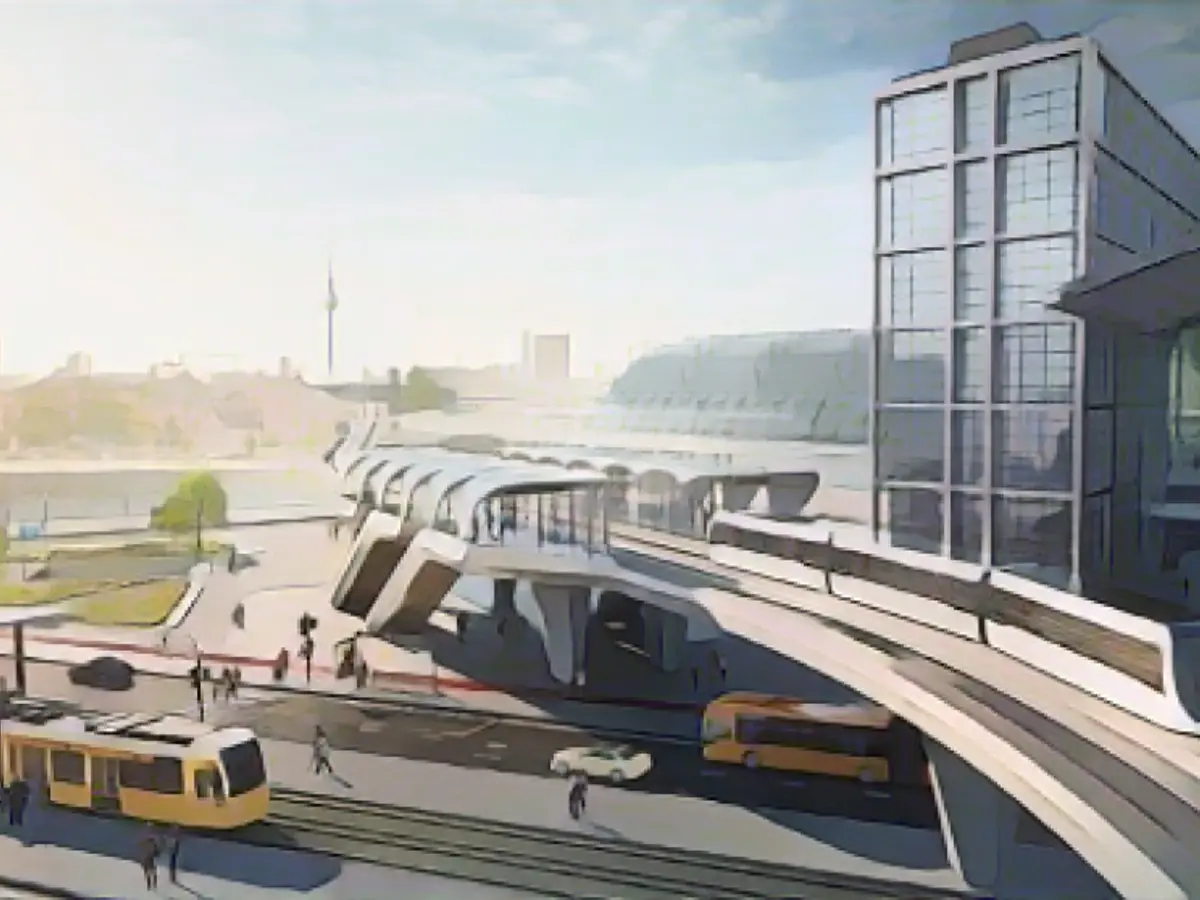Berlin Set to Unveil Maglev Train: A Sustainable Solution for the City
Ever thought about floating above Berlin's bustling streets while reducing your carbon footprint? Well, it might become a reality soon. Berlin's city government has expressed plans to introduce a new type of maglev train, and we're gearing up to witness this exciting transformation.
Berlin's Governor Kai Wegner (51, CDU) has long been mulling over the idea of integrating this innovative transportation method into the city. CDU parliamentary group leader Dirk Stettner (54) recently announced that construction for the pioneering magnetic levitation train will commence before the current legislative period's end, and the estimated cost? A reasonable 85 million euros.
Berlin’s Climate Funds to Foster Sustainable Transportation
The forthcoming project will significantly benefit from Berlin's climate loan which totals 5 billion "special assets." This fund intends to expedite several carbon emissions reduction initiatives in the city.
A Maglev Train's Unique Advantages
Maglev trains, unlike their traditional counterparts, are known for their low noise levels, minimal emissions, and driverless operation. Add to that, they consume 20% less electricity than subway trains, save valuable space, and can clear obstacles with ease without requiring extensive infrastructure.
Potential Maglev Routes in Berlin: A Closer Look
The working group, comprising transport association experts, BVG, the Senate Chancellery, the Transport Senate, and providers, has been exploring potential routes for the maglev train for several months. Some of the suggested corridors include:
- Jungfernheide to Spandau: A route that would reduce dependence on the existing U10 line.
- North-east development: A feasible route through Greifswalder Straße to Buch.
- Charité via Virchowgelände to Tegel: This proposed corridor would enable the gentle transportation of intensive care patients, reducing both time and associated costs.
Maglev: A Previously Explored, Now Revitalized Idea
Maglev train concepts are not entirely new to Berlin. Previous proposals include the M-Bahn and the TRANSRAPID, each thriving with unique aspects and challenges.
The now-lost M-Bahn operated from Gleisdreieck to Philharmonie and focused on cutting-edge transportation technology. While the BVG required space to expand its U2 subway line, the project met its unfortunate demise.
The TRANSRAPID is another example, having received German government approval in 1994 but eventually being abandoned due to escalating costs. Nonetheless, similar projects succeeded in countries like China, with high-speed maglev trains connecting various cities.
The Berlin Maglev Project's Contemporary Context
The latest Berlin maglev project proposal, now being led by German Railways and CDU parliamentary group leader Dirk Stettner, is attracting significant attention within the city's regional news. This multi-million-euro project considers replacing traditional subway trains in certain Berlin sections.
Source:
Maglevs and Environmental Impact
While Berlin's maglev project remains in the planning stages, worldwide experiments suggest that maglev trains offer remarkable environmental benefits. Many contemporary maglev projects, such as the Shanghai Maglev Train and the Chūō Shinkansen in Japan, show promise in reducing emissions, ensuring energy efficiency, and promoting high-speed travel.
With a maglev train project launching in Berlin, residents and visitors can anticipate experiencing the city's charm in a fresh, sustainable manner.








